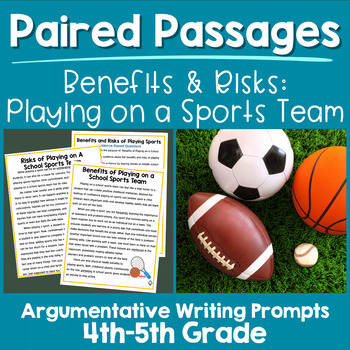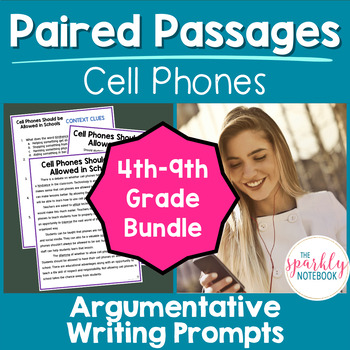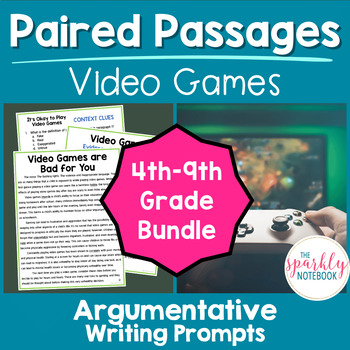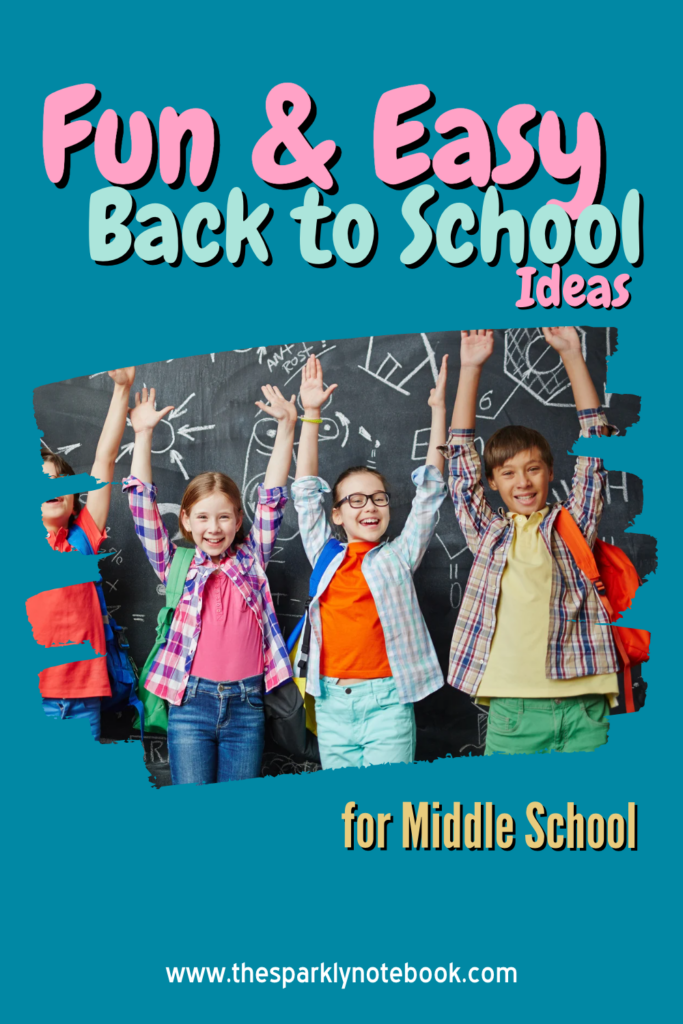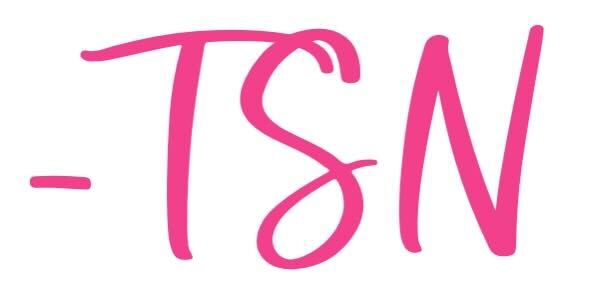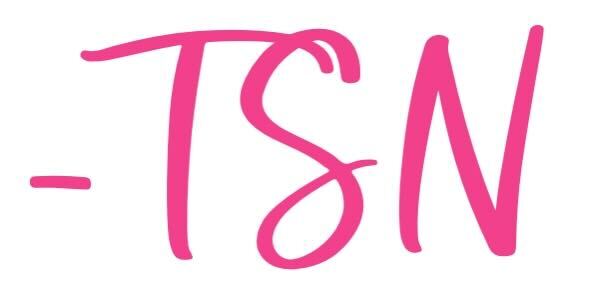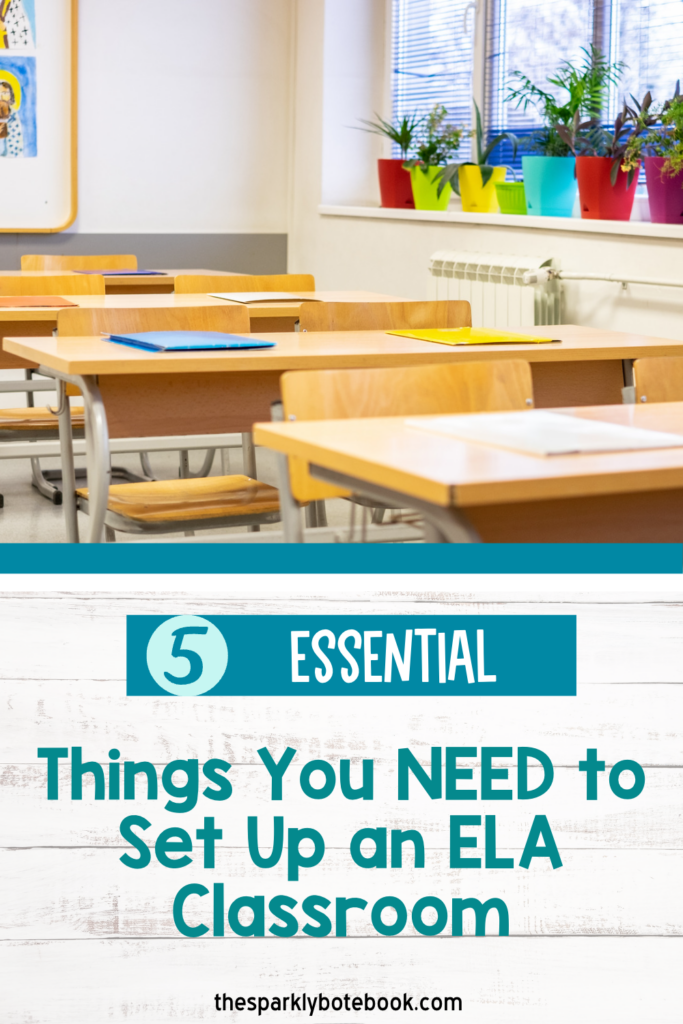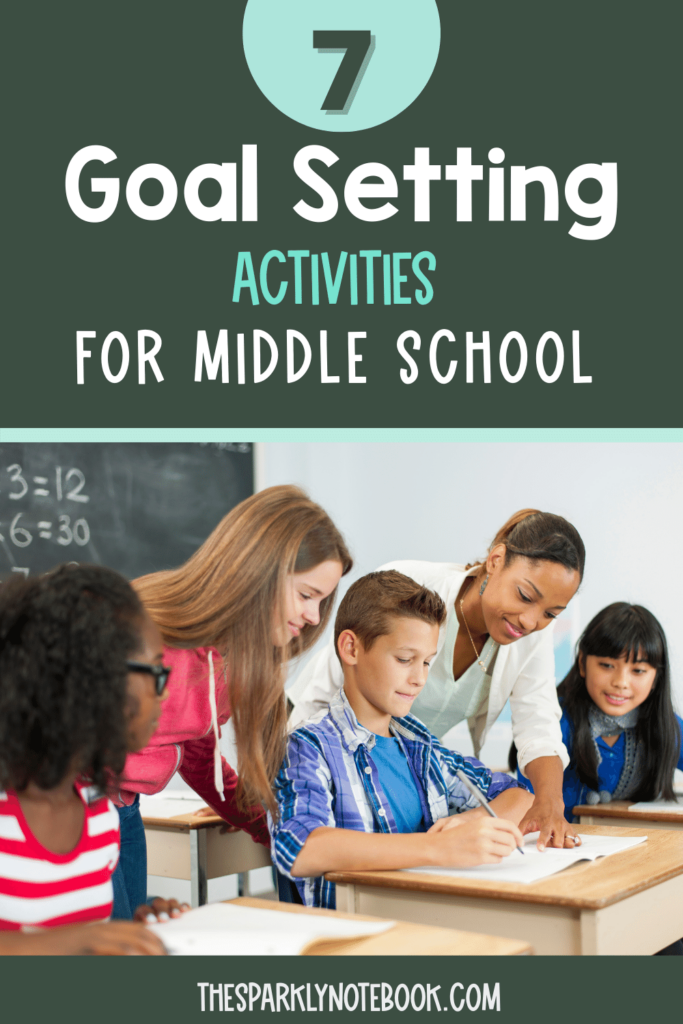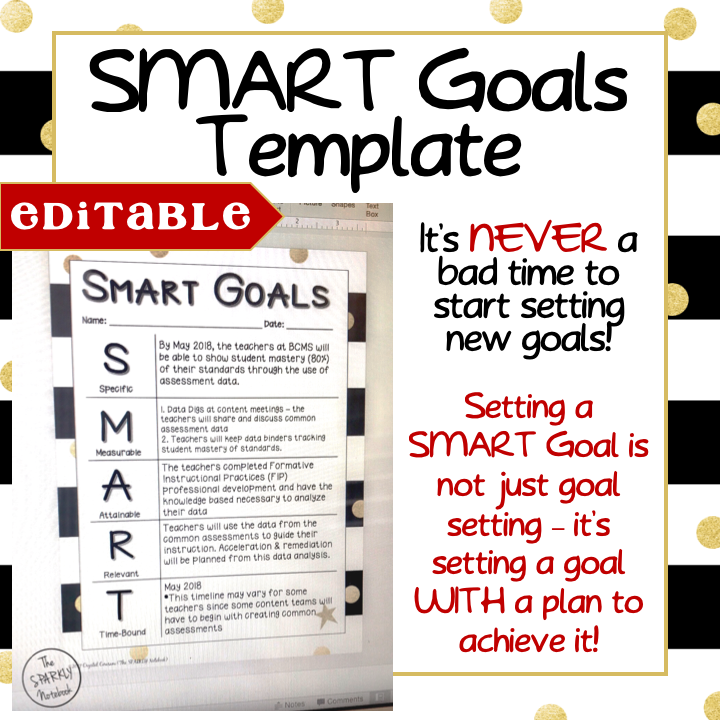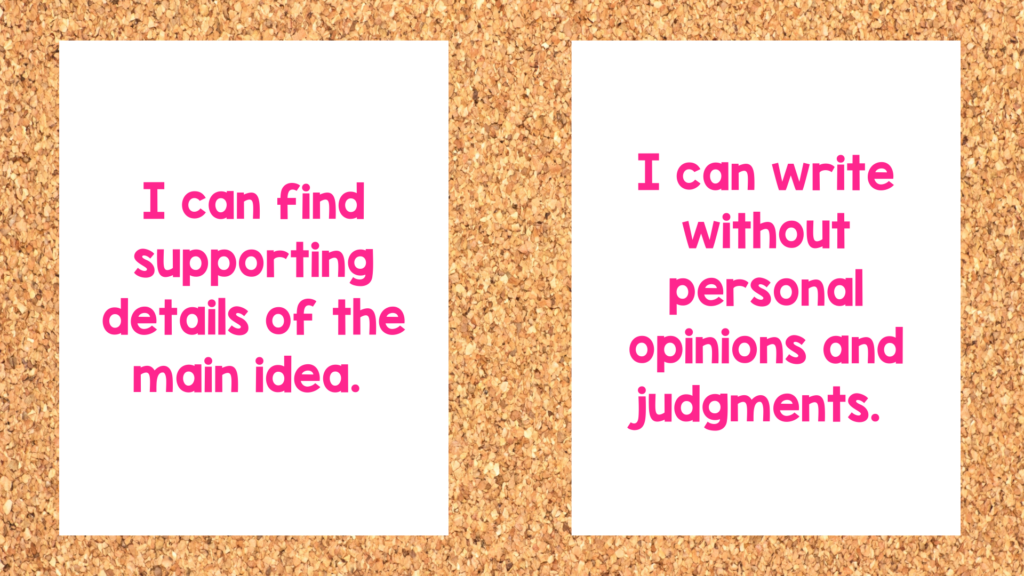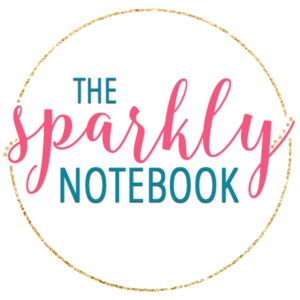Check out these checklists for planning your middle school ELA curriculum this school year!
Planning for your classes can be really difficult as there are so many different standards to focus on.
One key resource we like to use, whether we are working with new or seasoned teachers, is checklists.
The Value of a Checklist
Checklists give us a clearly defined list of things to think about.
Although some people like a checklist for checking off tasks that get done, I am all about freeing up some headspace.
Checklists help to declutter the brain and bring focus to the tasks we need to get done.
Checklists are also good for referring back to throughout the year and editing as needed.
For example, once your state testing days are set, you may find yourself going back to the checklist to make sure your timeline will still work and that students have had the time to learn all the standards and review them before state testing begins.
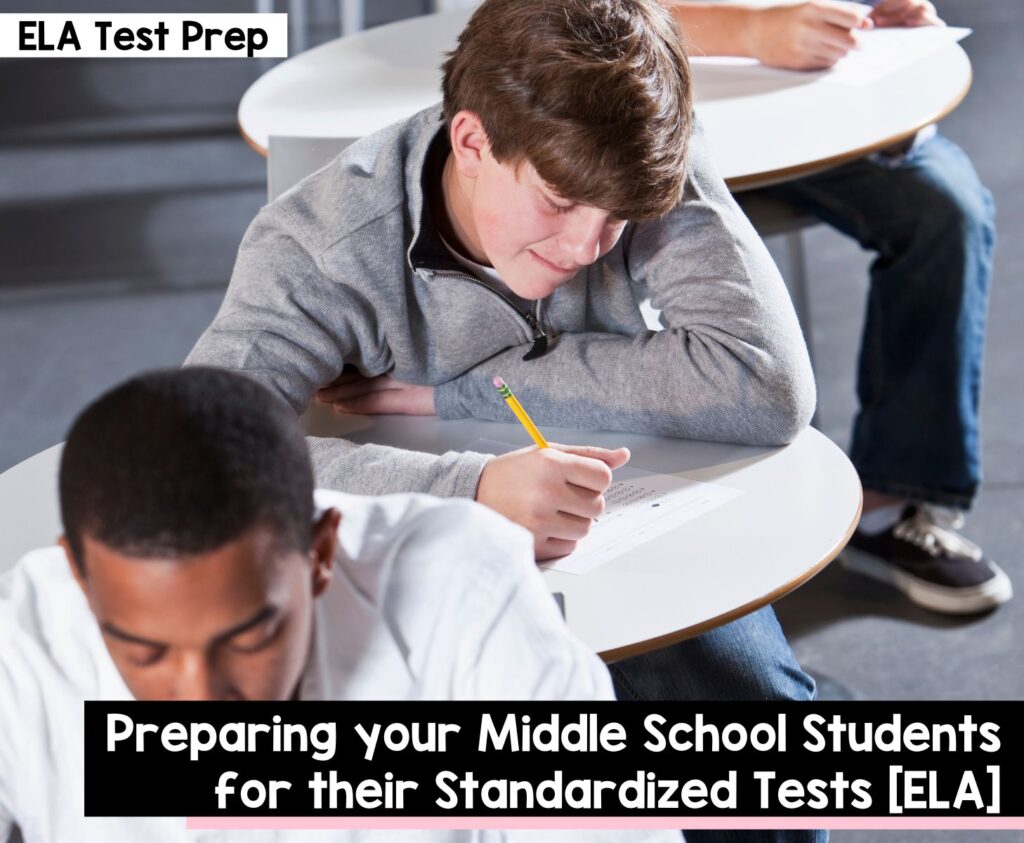
Standards-Based Checklists for ELA Teachers
Standards-based checklists, like the ones we use, list the standards, suggest key terms to focus on regarding each standard, and provide space to write about how/where the standard is being taught, reviewed, and assessed throughout the year.
The first tab of the checklists lets you look at the standards in terms of which quarter of the year you’re working on them. The second tab gives you space to consider when they are being taught and to put in dates or months for when they will be spiraled back into the curriculum.
Finally, the third tab lays out the standard next to the same standard from the previous grade level. So, if you’re looking at the 6th grade standards, then on this final tab, you’ll be able to see the 5th and 6th grade standards side-by-side.
When you use these checklists to plan your curriculum this year, you not only get a chance to make a plan but also some headspace back, as you will have a clear picture of what needs to be taught and how it compares to the grade level that came before it.
Available Checklist for ELA Teachers
We have a bunch of standards checklists available to help you save an enormous amount of time finding, typing out, and organizing all the standards yourself. Just click on the links below to see the details of what each checklist has to offer!
K-5 ELA Common Core Standards Checklist Bundle
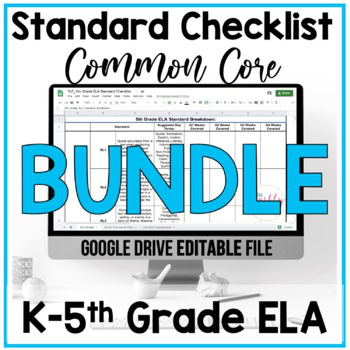
K-12 Standards Breakdown and Checklists Bundle – Common Core
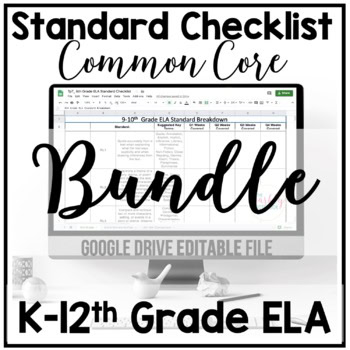
5th Grade ELA Common Core Checklist

6th Grade ELA Common Core Checklist
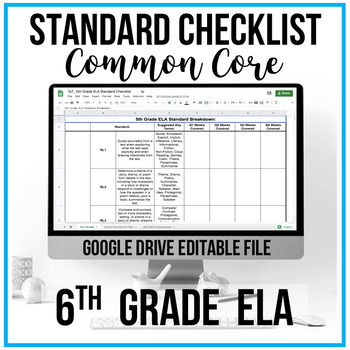
7th Grade ELA Common Core Checklist
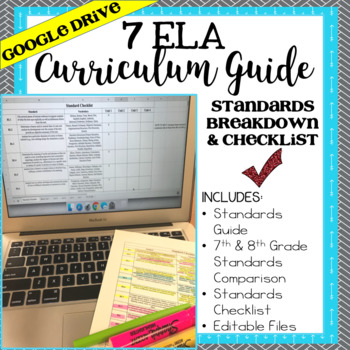
8th Grade ELA Common Core Checklist
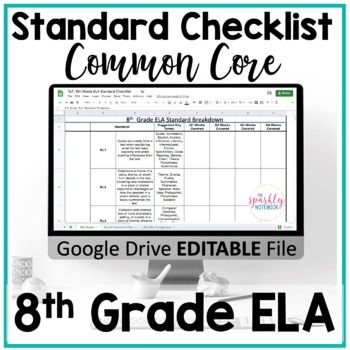
As you begin planning your middle school ELA curriculum this year, you may find it helpful to check out all of our additional Sparkly Notebook Checklists Here! We have several different versions and grade levels to make your planning process easier!

